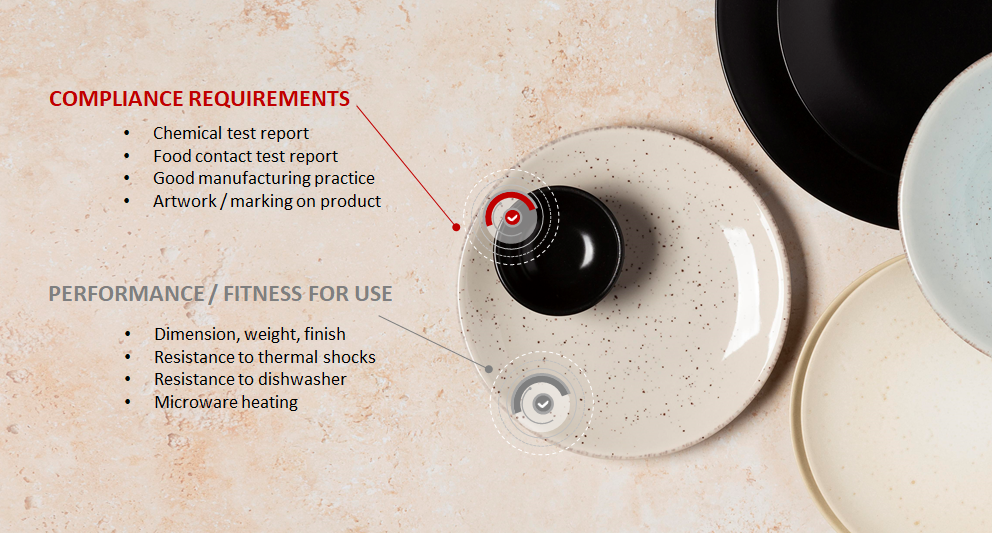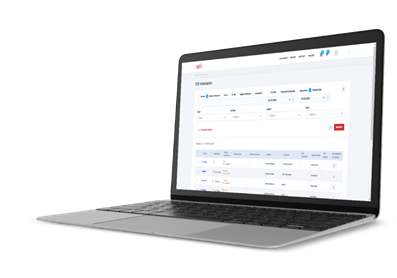All brands and retailers are obligated to ensure their products are compliant with market destination standards and regulations, but this is easier said than done. Regulations are constantly changing and toughening, making internal quality teams struggle to keep up to date. Supply chain and time to market pressures can also hasten the process, putting compliance at greater risk.
Handling market destination compliance internally requires substantial expertise and time, which are not always available to the team at hand. For many brands with products sold in different markets, hundreds and even thousands of references will be needed from different suppliers across various countries. Without strategic processes and software in place, handling this internally can be time-consuming and difficult.
What is needed to prove compliance?
This will vary based on the product and destination market, and the list of documents required – and the time needed to gather them – can quickly add up.
Authorities and consumers are becoming more vigilant and putting additional pressure on brands and retailers. In Europe alone last year, 2253 alerts were received in the EU Rapid Alert System for dangerous non-food products. Of these, the most common product categories notified included toys (27%) and electrical appliances and equipment (10%).

Source: EU Rapid Alert System for dangerous non-food products, 2020 Report
For example, to demonstrate the compliance of a toy (without referring to further elements such as additional quality criteria, traceability, etc.), more than 15 different types of documents can be required. These include toy safety and chemical reports, markings, instruction manuals, packaging artwork, EC declarations of conformity, and Bills of Materials (BOM). The list of documents to collect for other highly regulated categories such as E&E, food contact, and furniture is also extensive.
Toy example

The risks of being caught out are high, not only because of the hefty fines and reputational damage caused by non-compliance but also from the consumer end. For brands launching products that are fit for use with a certain level of performance, other elements need to be gathered outside of compliance to ensure that the products brought to market align with consumer expectations. In today’s web-based world in which online reviews carry make-or-break impact, products must live up to the brand promise.
To take a dishware brand as an example, customers will naturally assume the plates and cups they are buying are safe for use (non-toxic) while taking for granted a certain degree of functionality. The product is declared dishwasher and microwave safe, so how can it break after a couple of cleanings? Or lose color after its second wash? How is it possible that it explodes in the microwave?
Not all these criteria need to be declared by law but they are still expected by consumers to be delivered. On top of compliance certificates, brands need to gather the appropriate performance tests that ensure their products live up to their promises. This requires another layer of documentation that is difficult to request in some cases given there is no specific criteria or regulation to follow. What is the number of dishwasher cycles that needs to be followed? What are the criteria to evaluate whether something is microwave safe?
Dishware example

To achieve the smoothest possible in-house process, it is important to:
- Stay on track with changing laws and regulations
- Maintain regular and fluid communication with suppliers
- Ensure employees are aware of the company’s expectations beyond compliance
- Make use of the right software to gather documentation vs. emails and exchange of Excel files
- In case of doubt, involve specialists.
There are also available solutions to externalize this task, making the process of bringing safe products to market and compliance much less complicated.
At API, we support our customers with product compliance and beyond with our TCF – Technical Compliance File solutions.
A new way to manage documentation to prove compliance and more
At API, our TCF solutions help our customers create a digital ID of each product that confirms its compliance to the latest applicable standards and regulations. This demonstrates:
- Applicable protocols
- Document validation/rejection (test reports, declarations, and other technical documentation)
- Validity over time.
In many cases, however, brands need support that reaches beyond compliance. We help our customers with their additional quality and safety criteria, integrating our product and industry expertise to ensure products are fit for use. We can also support our customers with the traceability of their supply chains when mandatory, but also when ensuring sustainably sourced products.
API’s NEW TCF PLATFORMAPI’s new user-friendly platform facilitates greater visibility of the process and real-time data. With separate client and supplier interfaces, it enables complete visibility of the files in progress, the ones completed, and those expiring soon. It also provides a better understanding of supplier performance with advanced tracking and KPIs. |  |
What are the benefits of working with API?
- The confidence of a correctly completed TCF.
- Cost and time savings.
- Increased visibility.
- Increased consumer satisfaction.
- Fast reply to authorities (documents available in one click).
- Long-term easy tracking (according to the latest standards and product regulations).
Want to learn more about our TCF solutions?







